Here’s a picture of a Tesla Motors, Inc. Supercharger Station. This one is located in Hawthorne, California but there are hundreds of them, placed strategically all over the world. It’s not likely you’ve seen one yourself and if you have you might not have known what it was. We’ll explain all that in just a minute. First, check out how cool looking these things are.
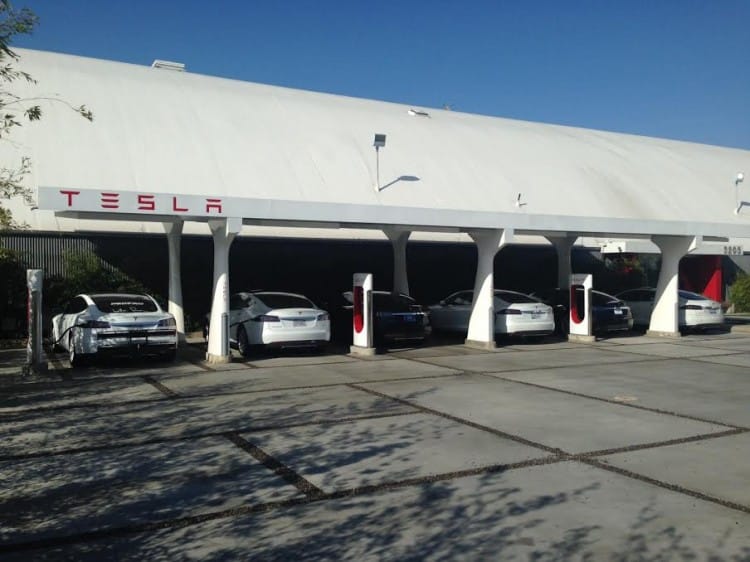
Elon Musk – The Worlds Biggest Nerd?
Elon Musk might just be the biggest Nerd on Earth. This is a guy who at the age of 12 developed a space shooter game called Blastar, sold it and collected his first financial windfall – hundreds of dollars. Fast forward to 2000 and Musks online banking startup X.com, merges with Paypal to form the most well known online payment platform in the world. Paypal was sold two years later for $1.5 billion, earning our favorite Nerd a $165 Million dollar paycheck. What does one do with that much cash? If you’re Elon Musk you immediately throw it at a couple wildly nerdy ideas that make little sense to anyone but you.
SpaceX and Tesla
In June of 2002 Musk founded SpaceX, aka Space Exploration Technologies, with an admirable and super-nerdy goal of creating a “true spacefaring civilization”. Yes, his motivation for forming SpaceX was at least partially to colonize Mars. You just have to love this guy!
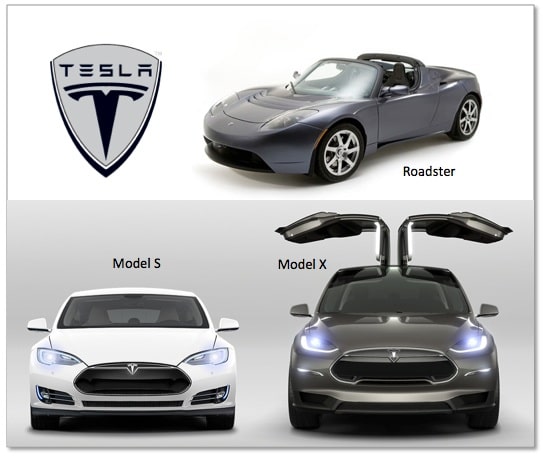
At the same time he joined Tesla Motors, Inc (NASDAQ:TSLA), an electric vehicle maker. Musk served as the Chairman of the board of directors at Tesla until 2008 when he took over the CEO role and began running the companies day to day operations. Between 2008 and 2012, Tesla Motors sold approximately 2500 of its extremely cool all electric Roadsters. A guy up the street from me owns one of these. I want it. Then in 2012 Tesla Motors began delivery of the Tesla Model S luxury sedan which has become pretty common in some parts of the world. Where I live in Orange County, California we see them all the time (there is one in my garage). Later this year Tesla will begin delivering the Model X which seats 7 and is aimed at the SUV/Minivan market.
All of these vehicles are expensive, approaching $100,000 or more depending on selected options. In 2018 Tesla will begin delivery of the Model 3 with a more reasonable price tag starting in the $30,000 range.
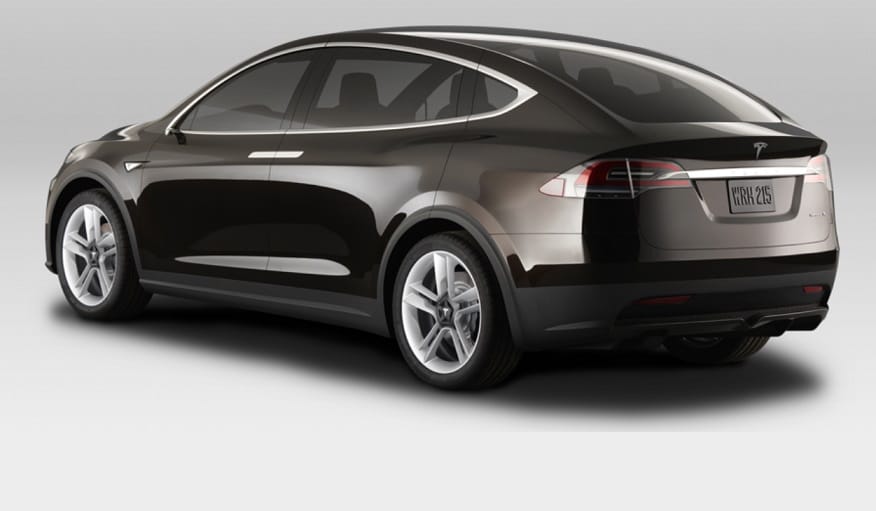
The Tesla Supercharger
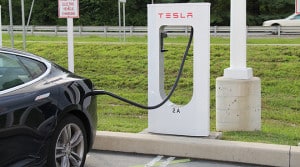
All Tesla vehicles are 100% electric. To fill up a Tesla, you have to plug it in. Charging is typically done at home using the same 220 volt power you would use to run your dryer. When I want to charge mine, I unplug the dryer and plug in the heavy duty Tesla Charging cable.
Fully charged a Model S 85 has a range of about 265 miles which is sufficient for getting around town or even for short road trips. As long as you don’t plan to venture too far from home, home charging is great. But if you want to take your Model S on a long ride, you’re going to need a place to re-charge and that’s where Superchargers become important.
Superchargers are super fast. It takes hours to charge a Tesla on a standard home charger but you can fully charge a Tesla battery in minutes. Let me clarify – when I say minutes I mean like 15 – 60 minutes depending on how much charge is required. Supercharger Stations are always conveniently placed within walking distance of restaurants, shopping or Starbucks.
Each Supercharger Station has several charging stalls, typically 8 – 12 so it’s rare that anyone has to wait in line for a supercharger stall. The busiest Supercharger station in the world (I am told) is located in San Juan Capistrano in Southern California. I’ve experienced 15 minute waits at that station but I understand that’s unique to that particular station. Tesla has promised it will work to prevent waits at Superchargers by always sizing its stations to handle demand but I have to wonder what things will look like once the Model X and Model 3 are out in force and vying for charger time.
Lately, Tesla has been kindly discouraging locals from using Superchargers for casual charging and suggesting a little more strongly that these stations really are intended for road trips.
Growth of the Worldwide Tesla Supercharger Network
Today, there are 472 Supercharger stations in the world with a total of 2,660 Supercharger stalls. That number is growing fast. The network is expected to double in 2015. Here’s a short video that gives a visual of the growth of the Supercharger network.
Tesla has made it really simple for owners to locate Supercharger stations. You can find a full list of Supercharger stations on Tesla’s website. Even better, before taking a road trip, drivers can simply enter the destination information and the cars GPS creates a route that includes stops for charging at Tesla Superchargers. While in route, the car keeps track of how far it is to the next Supercharger and estimates how much charge will be remaining in the battery upon arrival. Not only that, but when you begin to charge, the car will tell you how much you need to charge to make it to the next Supercharger (or to your final destination) and it will alert you when you have enough charge to hit the road again. This reduces what’s become known as “Range Anxiety” for Tesla drivers. Simply put, range anxiety is the fear of running out of juice before reaching your destination.
Here’s a link to another cool Tesla Supercharger interactive map at Teslarati.com
Alternatives to Tesla Superchargers When Traveling
There are a couple of charging options for Tesla owners when traveling. Tesla has partnered with many hotels and popular destinations with their “Destination Charging” program. These partners have charging facilities that are available to guests at little or no cost. The Destination Charging program is huge and growing fast. It makes sense for hotels, restaraunts and shopping centers to install charging stations. They are inexpensive to install and maintain and they will attract a growing number of EV drivers. Where a Supercharger stall runs somewhere in the $70,000 range to install, a less robust but still convenient Destination station can run just a few thousand dollars.
Unlike Tesla Superchargers which at this time can only charge Tesla Motors cars, Plugshare is a network of EV charging stations that serve drivers of all types of EVs. They claim a network of nearly 60,000 charging stations today. They aren’t as fast as a Tesla Supercharger – not even close. But if you need a charge and you’re out of range of a Tesla Supercharger you’ll be happy to know about Plugshare.
One last option for charging on the road is called PlugSurfing. Are you familiar with the Airbnb concept of renting out your personal home or room to travelers? Well this is basically the same thing only for EV charging. When you use this service you are basically paying someone to use their home or business charger. It’s a great concept.
What’s Elon’s Plan?
Elon Musk has a vision for the Tesla Supercharger network. Creating a worldwide infrastructure for EV charging that gives EV owners the freedom to travel as freely as drivers of gasoline powered cars sounds daunting. But Elon doesn’t want to match the freedom gasoline powered vehicle owners have – he wants to make charging an EV even more convenient than filling a gasoline engine. When you combine the growing Supercharger network with the Destination Charging network, Plugshare-like programs and Plugsurfing, his vision is well on it’s way to being realized.
Next up for Elon Musk? The Hyperloop Railway: The Fifth form of Modern Transport

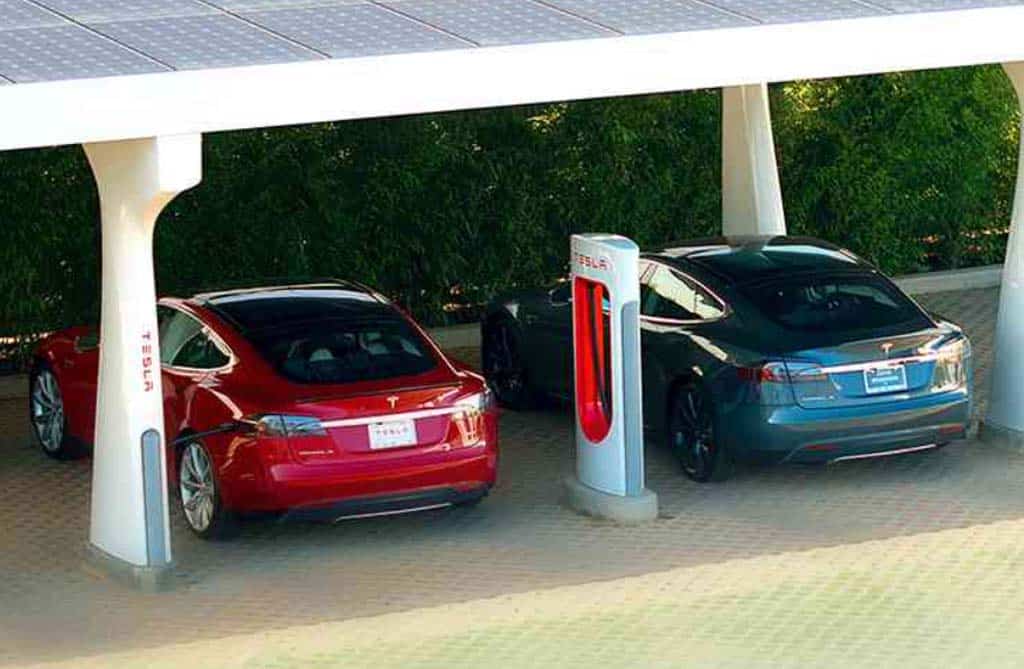

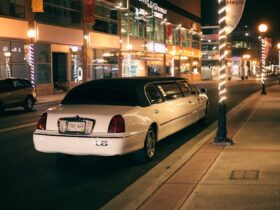

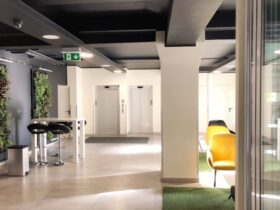

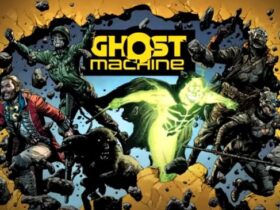
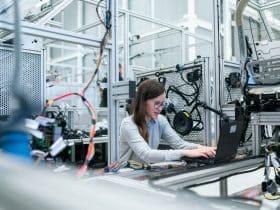


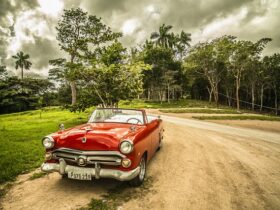
1 Comment